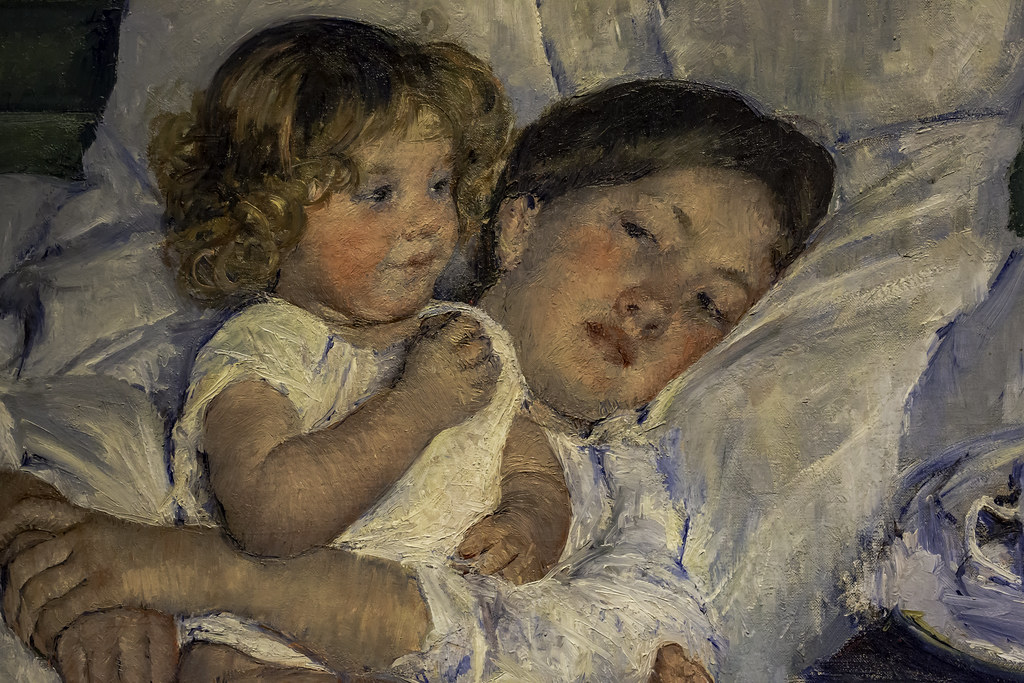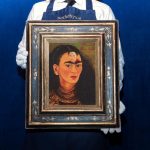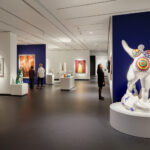
Guillermo Solana, the artistic director of the Thyssen-Bornemisza Museum in Madrid, promised himself he would not do any mansplaining during the museum’s “Maestras” exhibition.
“But I can’t help it when it comes to explaining what I’ve learned from the process of doing this exhibition,” he told reporters, “because I’ve learned a lot.”
The exhibition, which opened Oct. 31, celebrates the contributions of female artists from the late 16th to the early 20th century. It showcases 100 works of art – including paintings, sculptures and textiles – by female artists whose talent and insight were often overshadowed by their male counterparts, who have historically dominated the art world.
“This exhibition speaks positively of that other half of art history,” the exhibition’s curator, Rocío de la Villa, told The Guardian.
The exhibition is divided into eight themes the artists explored in their work. One section, “New Portrayals of Motherhood,” includes paintings portraying the burdens of childcare in a way that contradicts earlier works by men, which romanticized the sacrifices of motherhood. Another section, “Botanists, Well-Versed in Wonders,” features botanical illustrations by women who were barred from studying plants in the 16th and 17th centuries, as any interest in botany was associated with witchcraft at the time.
“For a long time, the feminist history of art has been beset by all the handicaps and obstacles that had been put in the path of female creators. For example, they couldn’t access the same artistic training that their male colleagues could,” said de la Villa. “They generally lived in an extremely patriarchal system that denied them their rights and in which their signatures had no legal value.”
Although women artists today are allowed more rights than the women featured in “Maestras,” there is still a $192 billion gender gap in art, according to Forbes. Last year, the outlet reported that art produced by women accounted for just 2 percent of total art auction sales between 2008 and 2019.
Even Solana admitted to journalists that he hadn’t heard of many of the artists prior to the exhibition.
“Of course, we knew about Artemisia Gentileschi and Frida Kahlo or Paula Modersohn-Becker, but how many important artists have got away – or been taken from us?” he pondered.
In addition to viewing the artwork on display, patrons are invited to educate themselves further in a lecture called “Spanish Women Masters,” open to the public.
“Maestras” is anticipated to run through Feb. 4. After its presentation in Madrid, the exhibition will open on a smaller scale at the Arp Museum Bahnhof Rolandseck in Remagen, Germany.



